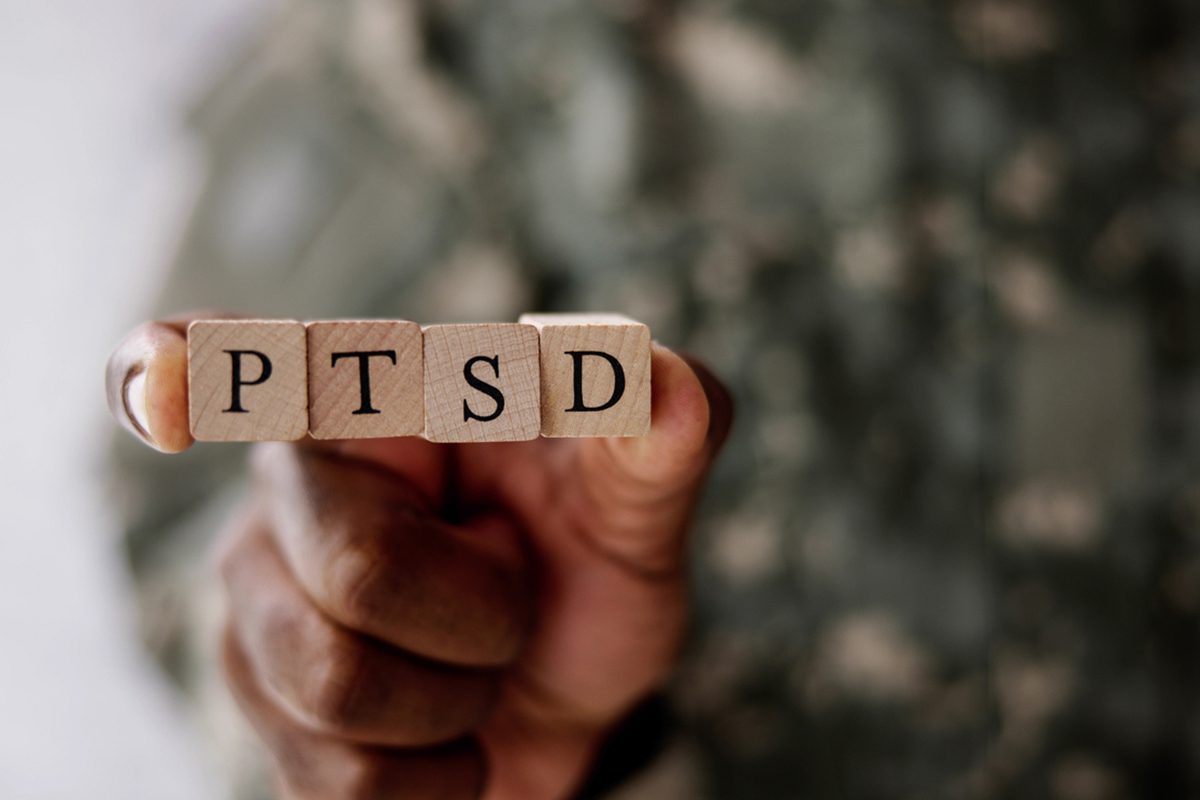Objective: To evaluate the prevalence of DSM-5 posttraumatic stress disorder (PTSD) and factor structure of PTSD symptomatology in a nationally representative sample of US veterans and examine how PTSD symptom clusters are related to depression, anxiety, suicidal ideation, hostility, physical and mental health-related functioning, and quality of life.
Method: Data were analyzed from the National Health and Resilience in Veterans Study, a nationally representative survey of 1,484 US veterans conducted from September through October 2013. Confirmatory factor analyses were conducted to evaluate the factor structure of PTSD symptoms, and structural equation models were constructed to examine the association between PTSD symptom clusters and external correlates.
Results: 12.0% of veterans screened positive for lifetime PTSD and 5.2% for past-month PTSD. A 5-factor dysphoric arousal model and a newly proposed 6-factor model both fit the data significantly better than the 4-factor model of DSM-5. The 6-factor model fit the data best in the full sample, as well as in subsamples of female veterans and veterans with lifetime PTSD. The emotional numbing symptom cluster was more strongly related to depression (P < .001) and worse mental health-related functioning (P < .001) than other symptom clusters, while the externalizing behavior symptom cluster was more strongly related to hostility (P < .001).
Conclusions: A total of 5.2% of US veterans screened positive for past-month DSM-5 PTSD. A 6-factor model of DSM-5 PTSD symptoms, which builds on extant models and includes a sixth externalizing behavior factor, provides the best dimensional representation of DSM-5 PTSD symptom clusters and demonstrates validity in assessing health outcomes of interest in this population.
Continue Reading...
Did you know members enjoy unlimited free PDF downloads as part of their subscription? Subscribe today for instant access to this article and our entire library in your preferred format. Alternatively, you can purchase the PDF of this article individually.
Please sign in or purchase this PDF for $40.00.
Save
Cite
Already a member? Login




